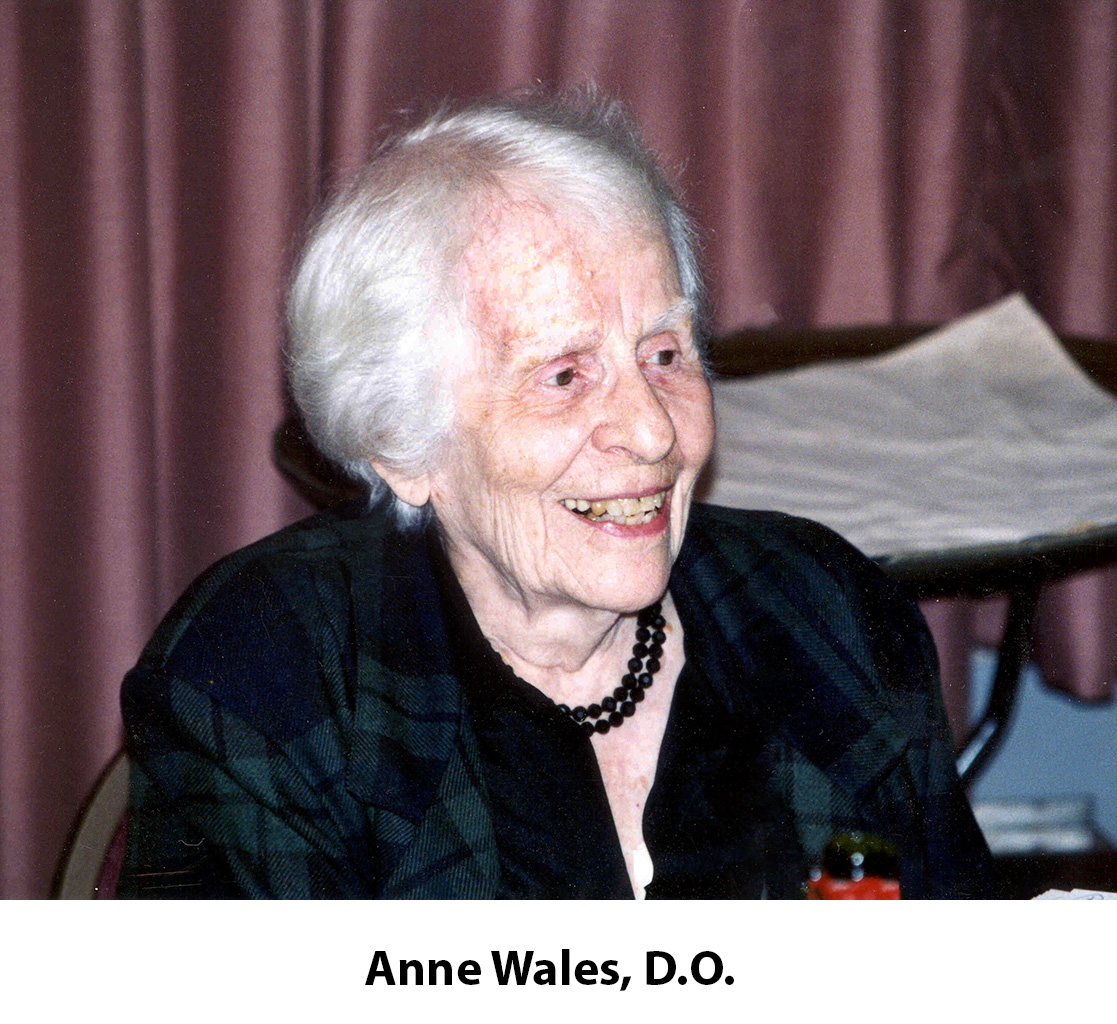Osteopathic Training
Osteopathic Training
Licensing requirements for a Doctor of Osteopathy (D.O.) are the same as those for a Medical Doctor (M.D.). We do undergraduate training at a University which includes pre-med courses. We then enter medical school which is a four-year degree, followed by residency training which varies depending on your course of study or the specialty you intend to enter.
What sets a D.O. apart from an M.D. is that along with all the coursework required for an M.D. degree, a D.O. also studies Dr. A.T. Stills philosophy of osteopathy along with a variety of manipulative techniques designed to put this philosophy into practice. After graduation from medical school, an osteopath is also required to do a rotating internship. This means that rather than going directly into a specialized course of study, we rotate through all the specialties (pediatrics, OB/GYN, internal medicine, cardiology, neurology, pulmonary medicine, G.I., rheumatology, radiology, hematology, orthopedics and ER medicine) before choosing specialty. This is done to help the D.O. look at patients more holistically.
I am board certified in Neuromusculoskeletal Med icine/Osteopathic Manipulative Medicine (NMM/OMM). The main focus of my continuing medical education has been in any area of Dr. William Garner Sutherland’s Cranial Concept. (You can read about this elsewhere on the website). For the past 25 years I have been involved in a study group, the ASSSG (A Still-Sutherland Study Group) that formed around one of Dr. Sutherlands students, Dr. Anne Wales. I have also studied extensively what has come to be referred to as Traditional Osteopathic Medicine or the Biodynamic model of cranial osteopathy. I‘ve been teaching in both of these venues for many years.
icine/Osteopathic Manipulative Medicine (NMM/OMM). The main focus of my continuing medical education has been in any area of Dr. William Garner Sutherland’s Cranial Concept. (You can read about this elsewhere on the website). For the past 25 years I have been involved in a study group, the ASSSG (A Still-Sutherland Study Group) that formed around one of Dr. Sutherlands students, Dr. Anne Wales. I have also studied extensively what has come to be referred to as Traditional Osteopathic Medicine or the Biodynamic model of cranial osteopathy. I‘ve been teaching in both of these venues for many years.
I am a member of the AOA (American Osteopathic Association), the AAO (American Academy of Osteopathy), the Cranial Academy, and I’m on the teaching faculty of the SCTF (Sutherland Cranial Teaching Foundation).